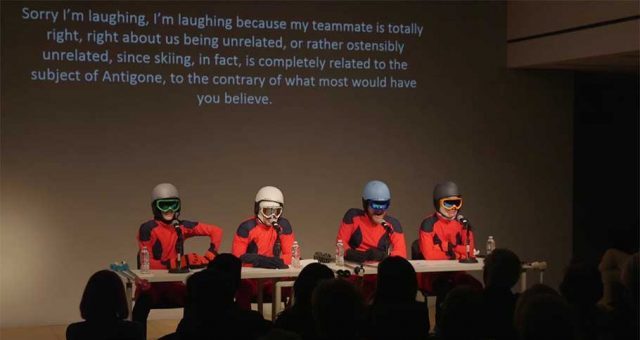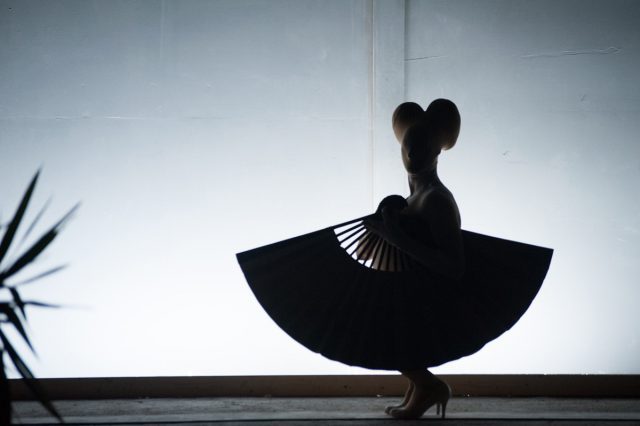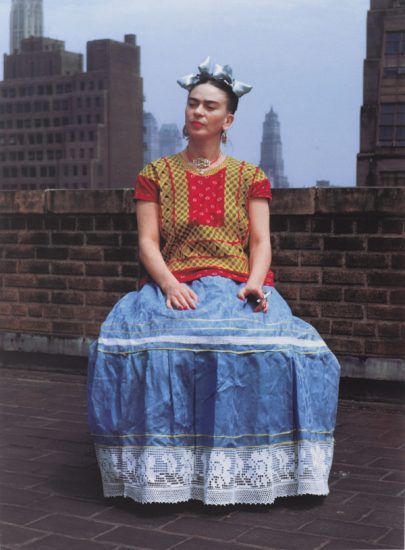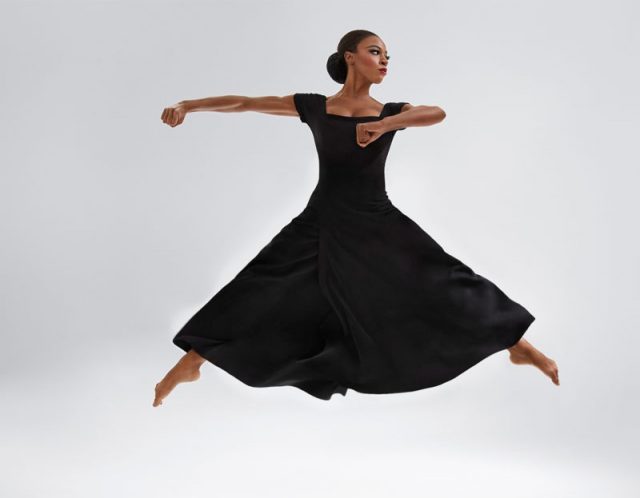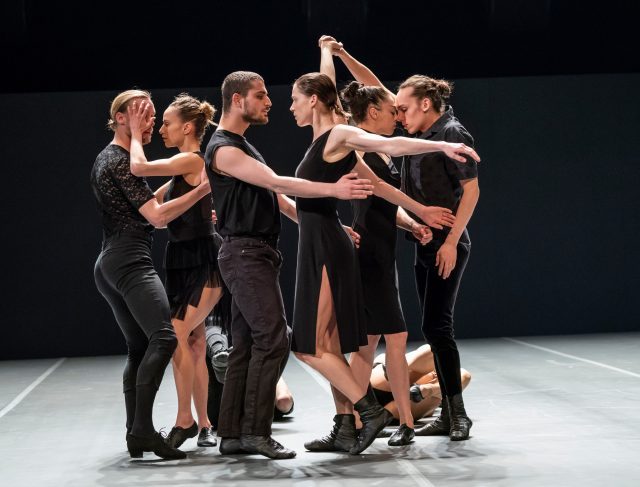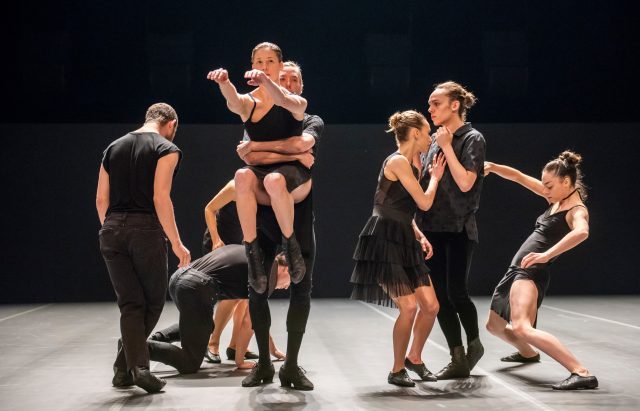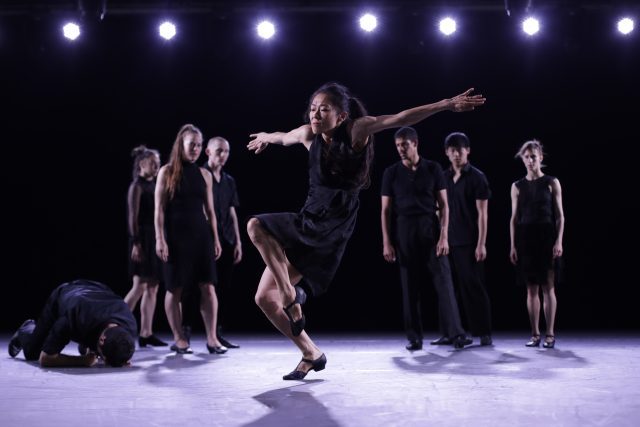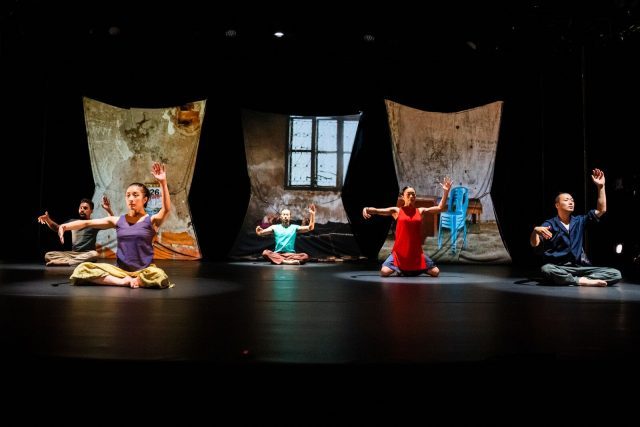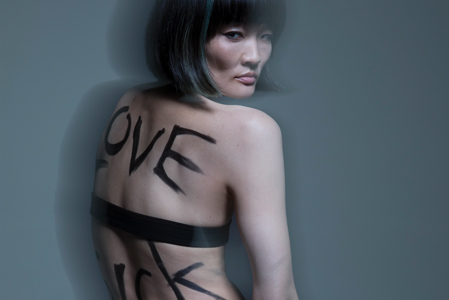
Egumi Eda plays the lead role in Karole Armitage’s You Took a Part of Me at Japan Society (photo © Julieta Cervantes; Karole Armitage © Marco Mignani)
Japan Society
333 East 47th St. at First Ave.
Friday, April 12, and Saturday, April 13, $30, 7:30
212-715-1258
www.japansociety.org
Wisconsin-born, Tony-nominated choreographer Karole Armitage follows up Art of the In-Between, which debuted last October at National Sawdust in Brooklyn in the Celebrate Mexico Now festival, with the world premiere of You Took a Part of Me at Japan Society this weekend with her company, Armitage Gone! Dance. Loosely inspired by the fifteenth-century noh play Nonomiya, the kazura-mono piece features Lady Rokujō, a character from The Tale of Genji, and deals with memory, obsession, and love. Created in collaboration with MIT Media Lab and part of Carnegie Hall’s Migrations: The Making of America festival, You Took a Part of Me features a live score by Reiko Yamada played live by multi-instrumentalist Yuki Isami; longtime Armitage dancer Megumi Eda will perform the lead role. The set includes a bridge known as a hashigakari that extends into the audience. The April 12 show will be followed by a meet-the-artists reception, while the April 13 program will conclude with an artist Q&A.
